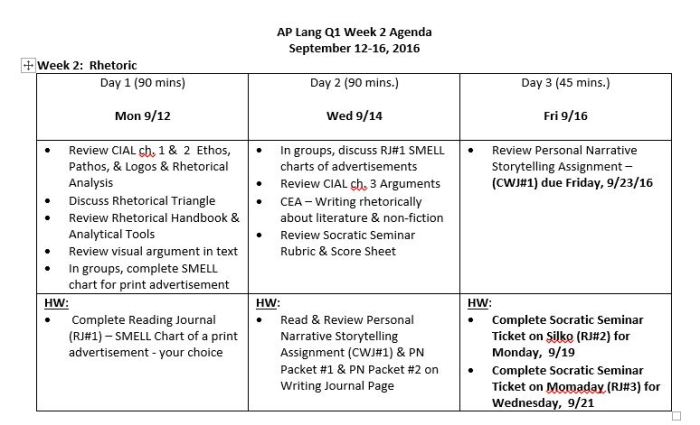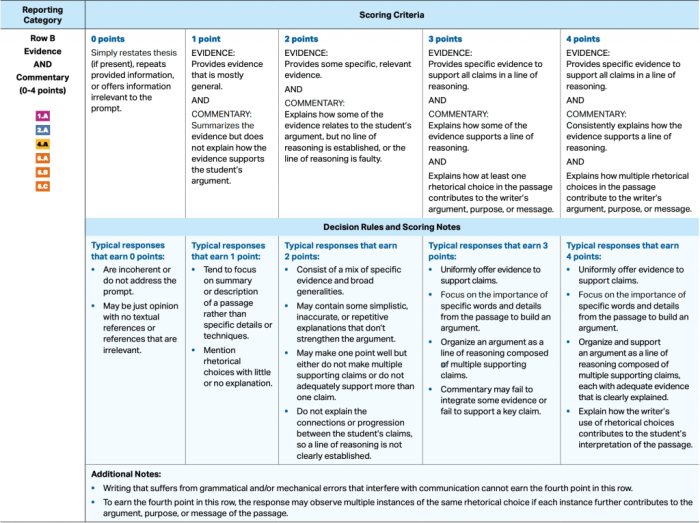Welcome to the rhetorical devices AP Lang cheat sheet, your ultimate guide to understanding and analyzing the art of persuasion in literature. From tropes to schemes and figures of speech, this cheat sheet will equip you with the tools to decode the hidden meanings and persuasive techniques employed by literary masters.
Delve into the intricacies of rhetorical devices, their functions, and their impact on literary interpretation. Discover how these devices enhance understanding, persuade readers, and evoke powerful emotions, shaping the very fabric of literary works.
Rhetorical Devices: Rhetorical Devices Ap Lang Cheat Sheet
Rhetorical devices are literary techniques used to enhance the impact, persuasiveness, and meaning of a text. They are employed by writers to evoke emotions, persuade readers, and convey complex ideas in an engaging and memorable manner.
Types of Rhetorical Devices
- Tropes:Devices that involve the figurative use of language, such as metaphors, similes, and personification.
- Schemes:Devices that involve the arrangement or structure of words or phrases, such as alliteration, assonance, and parallelism.
- Figures of Speech:Devices that involve the use of specific grammatical or syntactical structures, such as hyperbole, understatement, and irony.
Functions of Rhetorical Devices

Rhetorical devices serve various functions in literary analysis:
- Enhance Understanding:They clarify complex ideas, making them more accessible and relatable.
- Persuade Readers:They appeal to emotions and reason, influencing readers’ opinions and actions.
- Evoke Emotions:They create vivid imagery and sensory experiences, eliciting strong emotions in readers.
Common Rhetorical Devices

Metaphors
Metaphors are figurative comparisons that equate two unlike things without using “like” or “as.” They create vivid images and reveal hidden similarities.
Similes
Similes are figurative comparisons that use “like” or “as” to compare two unlike things. They provide a direct and explicit connection between the two.
Personification
Personification is a figure of speech that gives human qualities to non-human entities. It animates objects, animals, or abstract concepts to create a more engaging and relatable narrative.
Hyperbole
Hyperbole is an exaggeration or overstatement used for emphasis or humorous effect. It can create a sense of urgency or amusement.
Advanced Rhetorical Devices

Irony
Irony is a figure of speech that expresses the opposite of what is literally stated. It creates a sense of humor, surprise, or even tragedy.
Sarcasm
Sarcasm is a form of irony that uses bitter or mocking language to convey contempt or disapproval. It is often used to criticize or ridicule.
Paradox, Rhetorical devices ap lang cheat sheet
A paradox is a statement that appears contradictory but contains a deeper truth or insight. It challenges conventional wisdom and encourages readers to think critically.
Rhetorical Devices in AP Lang

Rhetorical devices play a crucial role in AP Language and Composition exams. Students must be able to:
- Identify and analyze rhetorical devices in literary texts.
- Explain the purpose, structure, and effectiveness of these devices.
- Use rhetorical devices effectively in their own writing.
FAQ Overview
What is the significance of rhetorical devices in literature?
Rhetorical devices are essential in literature as they enhance understanding, persuade readers, and evoke emotions. They add depth and nuance to literary works, allowing authors to convey their messages more effectively.
How can rhetorical devices help me in AP Lang exams?
Understanding and analyzing rhetorical devices is crucial for success in AP Lang exams. By identifying and interpreting these devices, you demonstrate your comprehension of literary texts and your ability to analyze their persuasive techniques.